Making an entrance: Milan’s sumptuous modernist hallways
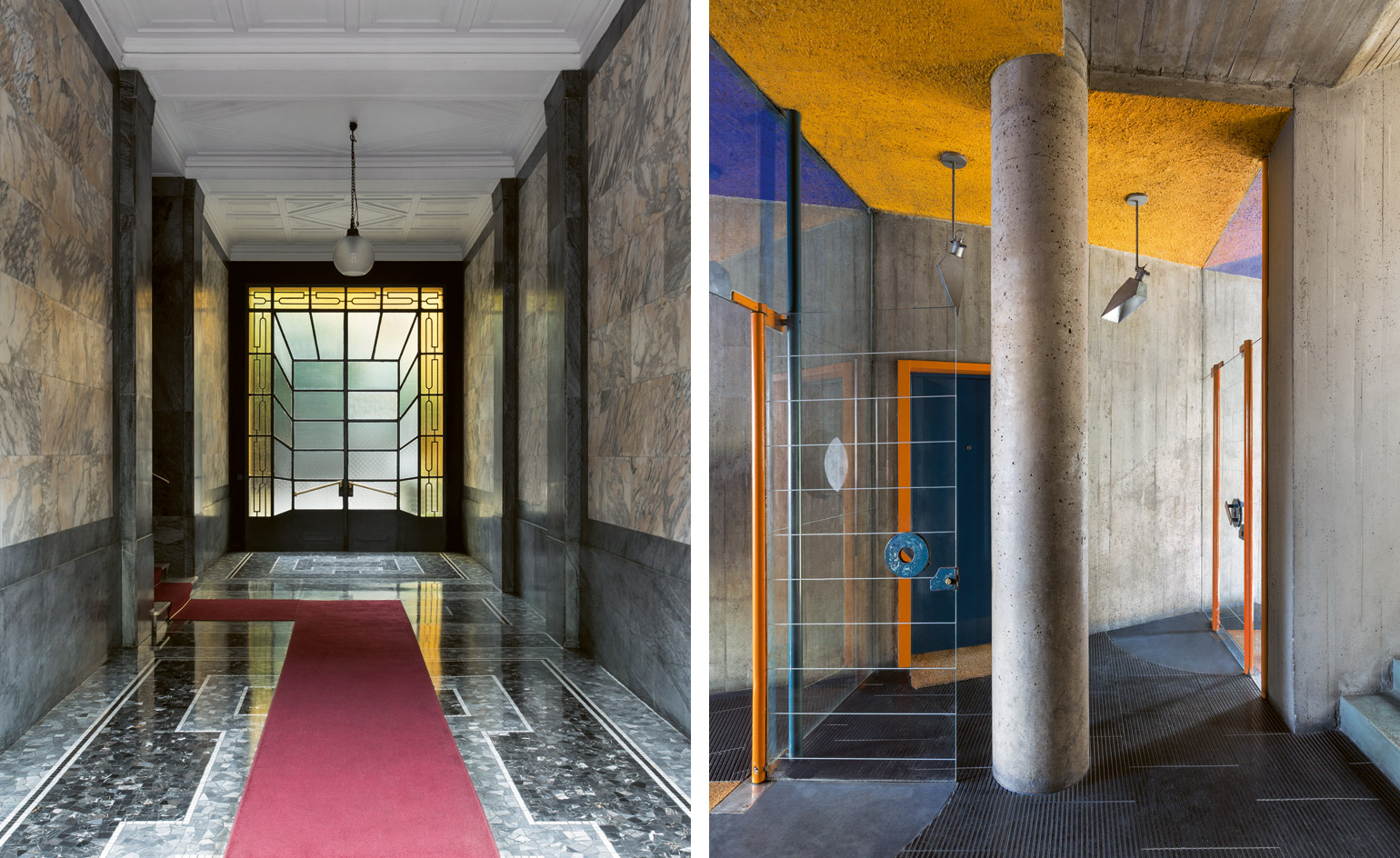
Editor and art director Karl Kolbitz first became fascinated with Milan’s everyday architecture as a teenager, when he would regularly visit the city and explore its perimeters by foot. He was in awe of the Milanese magnificence, but later realised that little attention had been paid to its outstanding array of modernist entryways. So he decided to put together a book about them, now published by Taschen, titled Entryways of Milan.
If you were in Milan last week, chances are you will have missed some of the city’s finest designs: over 384 pages, Kolbitz picks out some of the quintessential corridors of the Modern era, revealing a side of the city that is usually concealed from view, unless you happen to live in one of the residential buildings that contain ‘the city’s most hidden treasures’. Among the sumptuous ingressi are Renaissance-inspired tile designs by Gio Ponti, textured glass panels by Trieste-based Fontana Arte, or Milanese studio BBPR’s dramatic rearrangements of the elements of the conventional entrance hall.
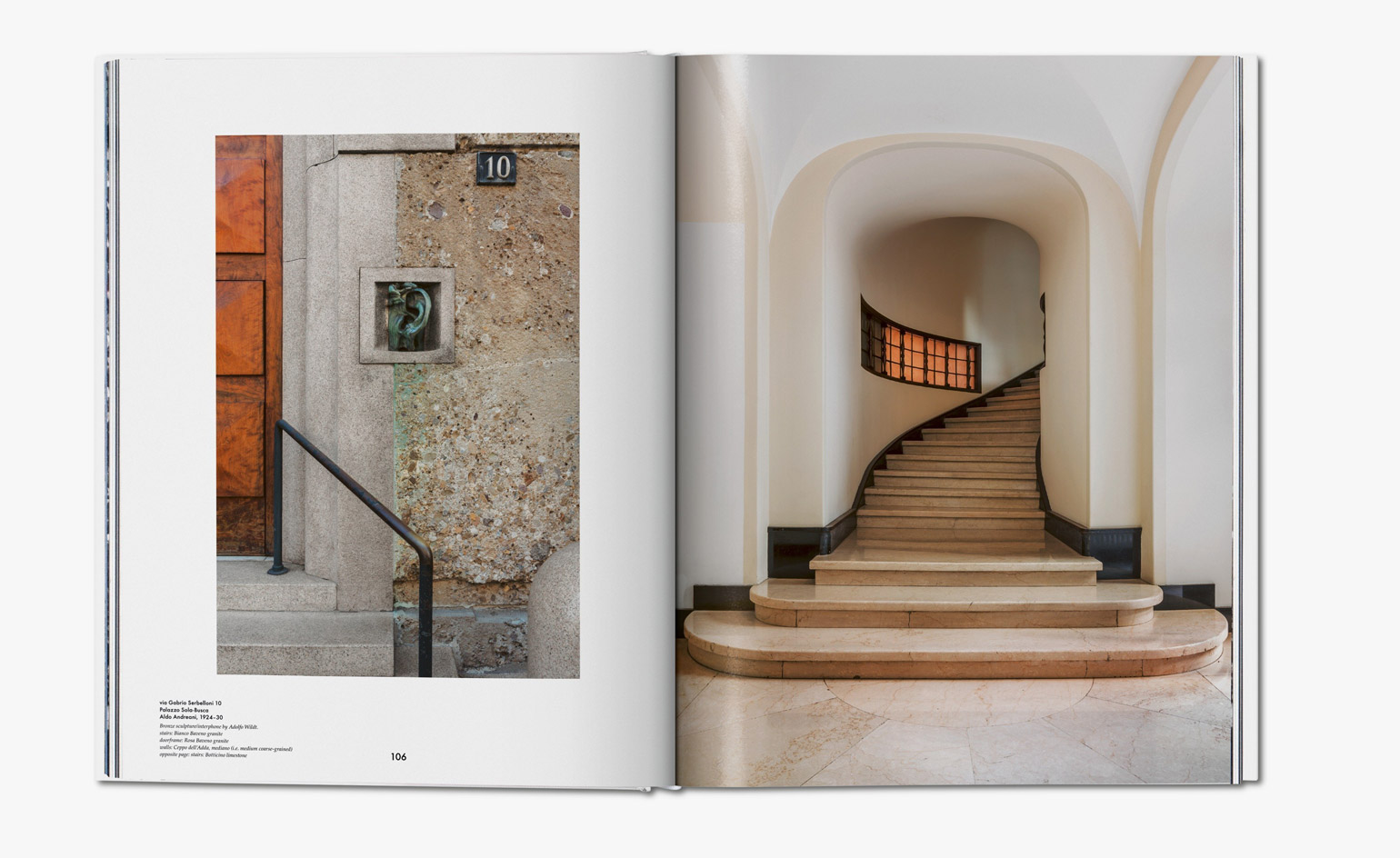
Via Gabrio Serbelloni 10, Palazzo Sola-Busca, 1924–30
Rare and local materials are identified by stone experts Angela Ehling and Grazia Signori, such as Carrarra marble, Botticino and Benedetto limestone, or Tivoli travertine, all contributing to the elegance and history of these entrances, part of a post-war period of technological advances in stone cutting, metalwork and ceramics combined with aesthetic innovation.
‘This book wishes to represent for its readers the way in which the ingressi stand as a piece of punctuation to the architectural and design accomplishments of the city’s modern history,’ writes Kolbitz, of his motivation to capture the city as it appears behind closed doors. It is, too, a reflection on the Milanese approach to design, placing prominence on the interior, and the feeling you get when you arrive home. As the book reveals, hallways are perhaps the unknown hallmark of Milanese design.
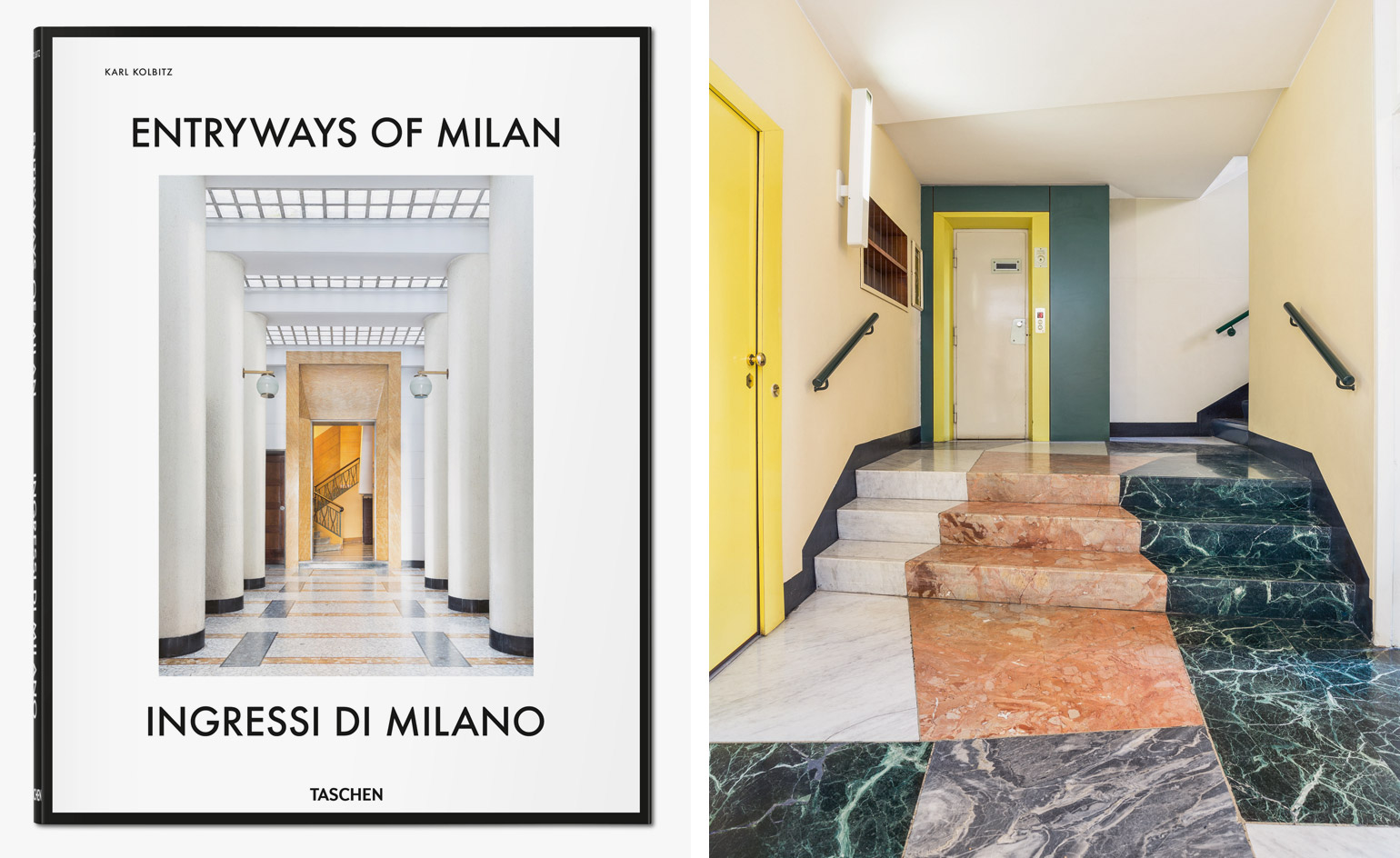
Left, published by Taschen, Entryways of Milan celebrates the city's finest entrances and lobbies. Right, Gio Ponti, Antonio Fornaroli and Alberto Rosselli designed this entrance, featuring a striking floor made from various Carrara marbles and limestone, 1952–56.
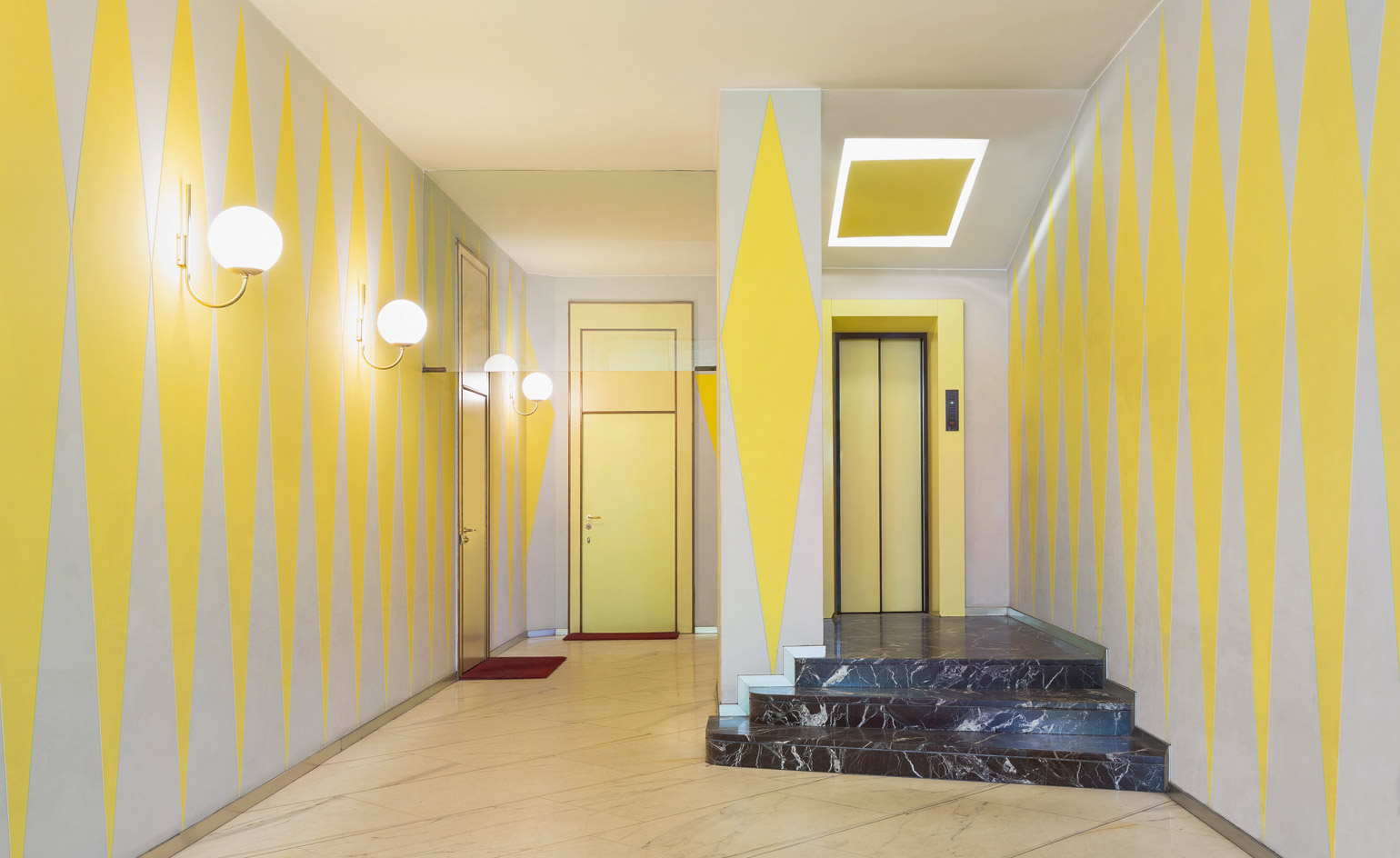
Casa Melandri by Gio Ponti and Alberto Rosselli.
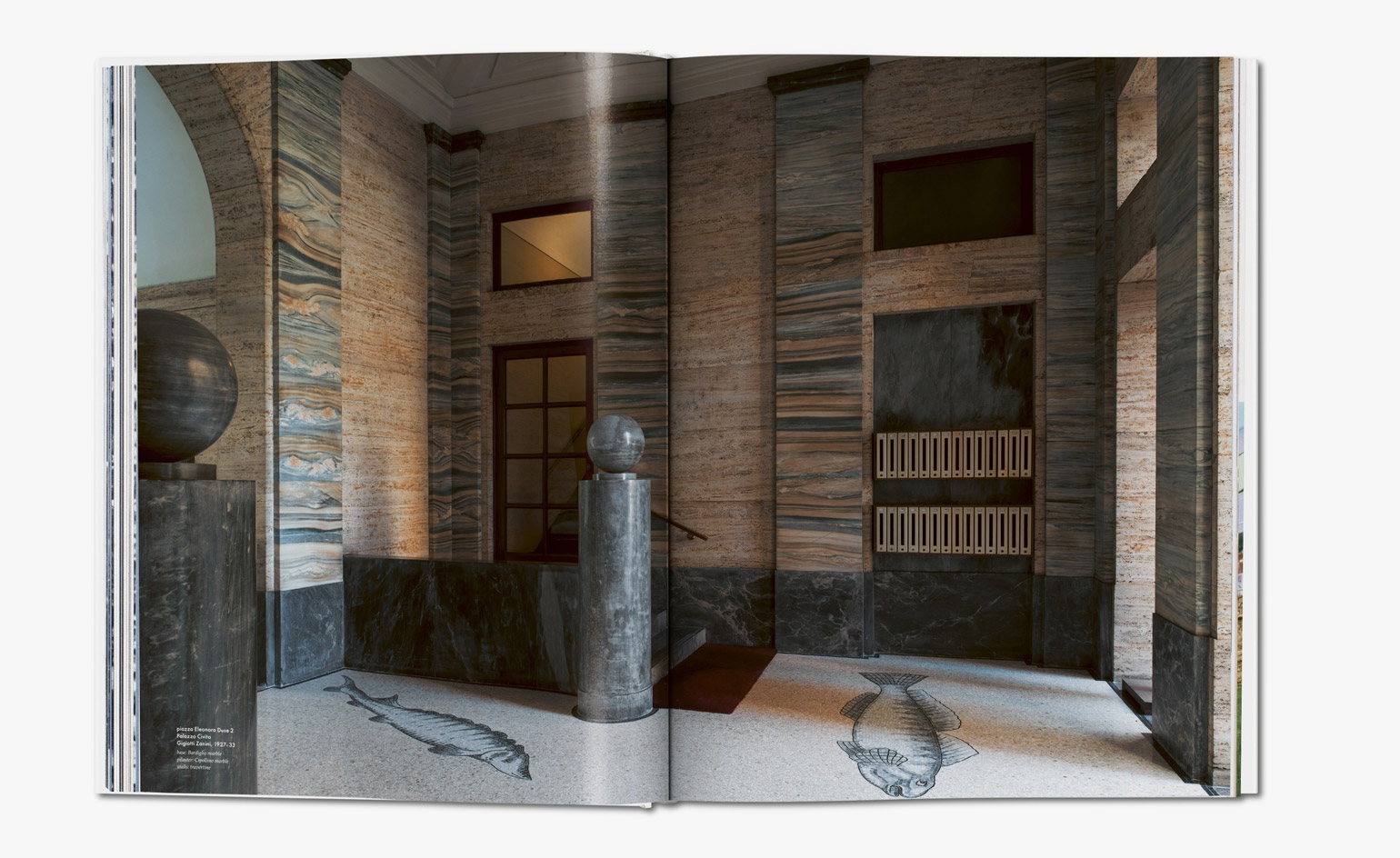
Palazzo Civita by Gigiotti Zanini, 1927-33
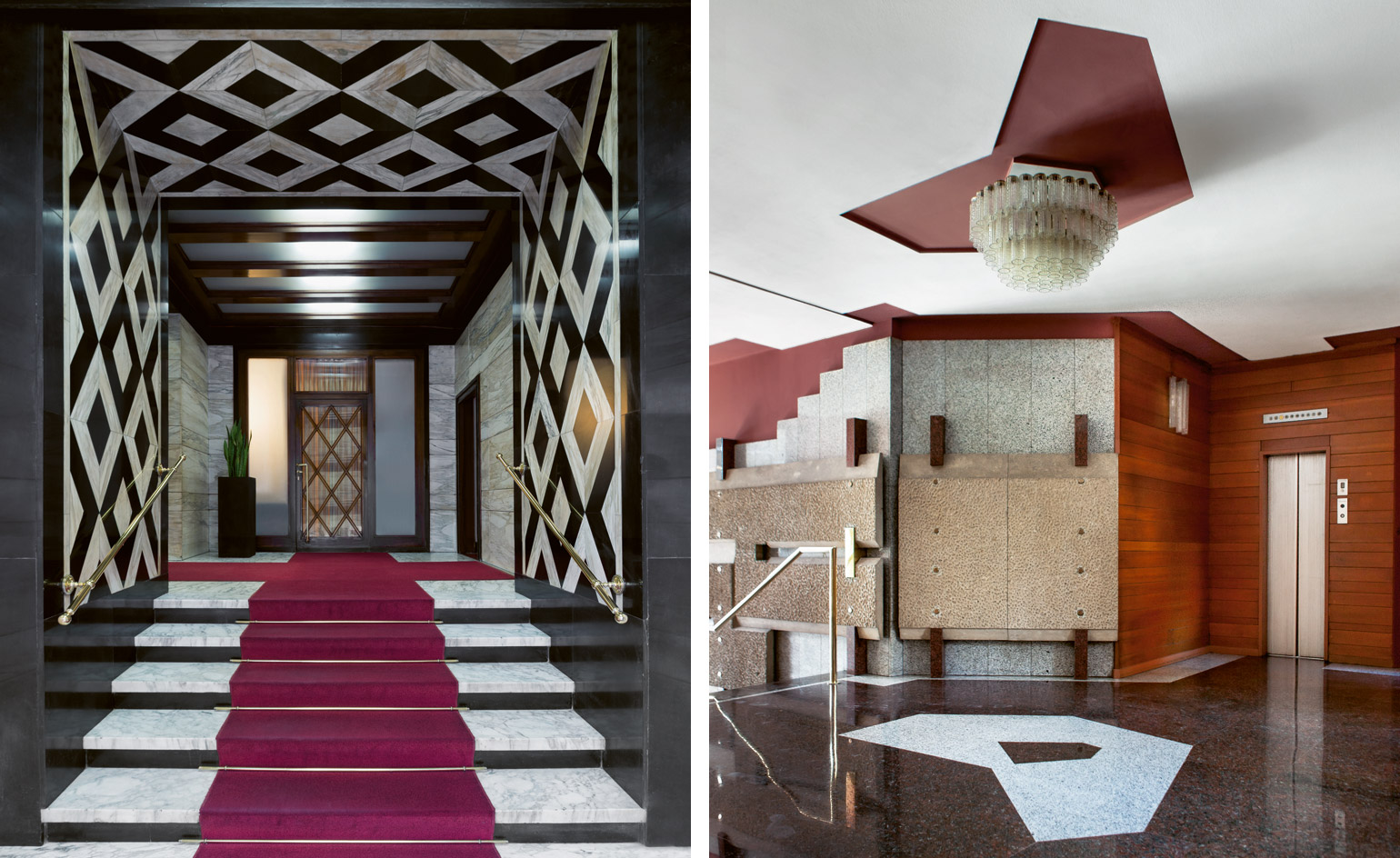
entrance by Giuseppe Roberto Martinenghi, 1937. Right, lobby by unknown architect, featuring chandelier and sconces by Aureliano Toso.
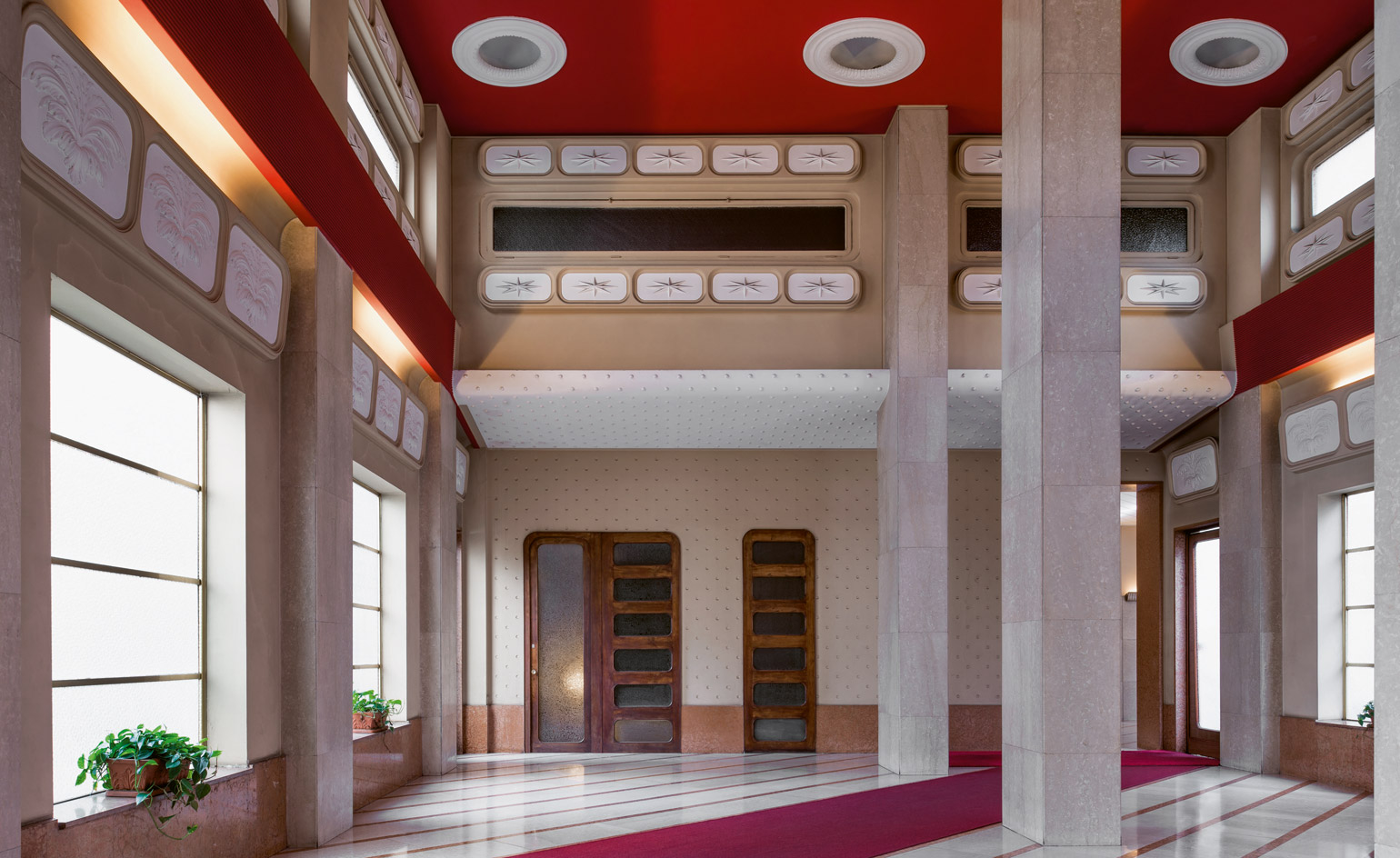
Lobby by Achille Luigi Ferraresi, 1952-37
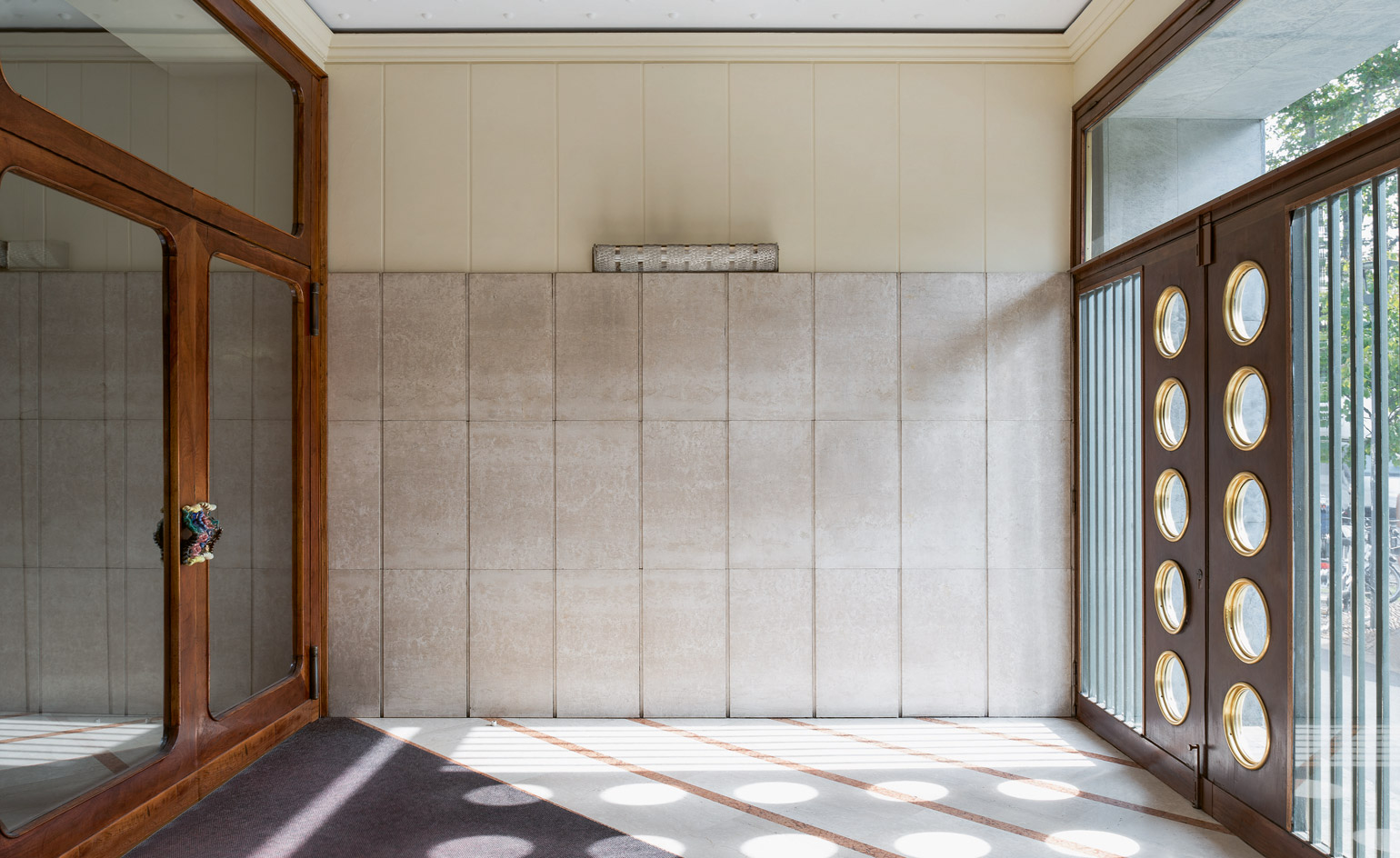
This entrance by Achille Luigi Ferraresi, 1952-57, features a sconce by Venini, ceramic door handles by Venice-based Ceramica San Paolo, and Botticino and Verona Rossa limestones
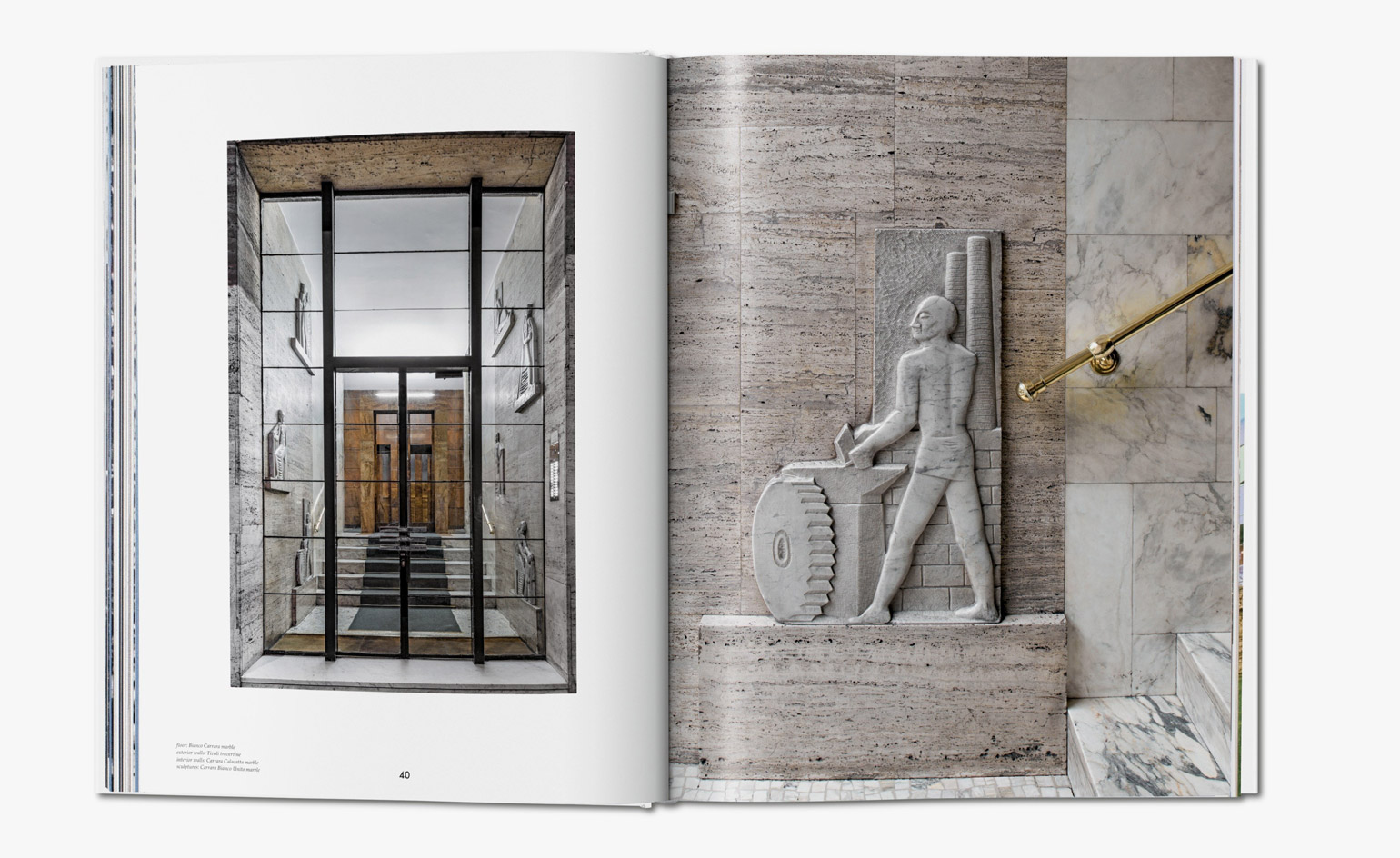
Viale Regina Giovanna 35 by Mario Rodolfi, 1937–39
INFORMATION
Entryways of Milan – Ingressi di Milano, published by Taschen, £49.99
Receive our daily digest of inspiration, escapism and design stories from around the world direct to your inbox.
Charlotte Jansen is a journalist and the author of two books on photography, Girl on Girl (2017) and Photography Now (2021). She is commissioning editor at Elephant magazine and has written on contemporary art and culture for The Guardian, the Financial Times, ELLE, the British Journal of Photography, Frieze and Artsy. Jansen is also presenter of Dior Talks podcast series, The Female Gaze.
-
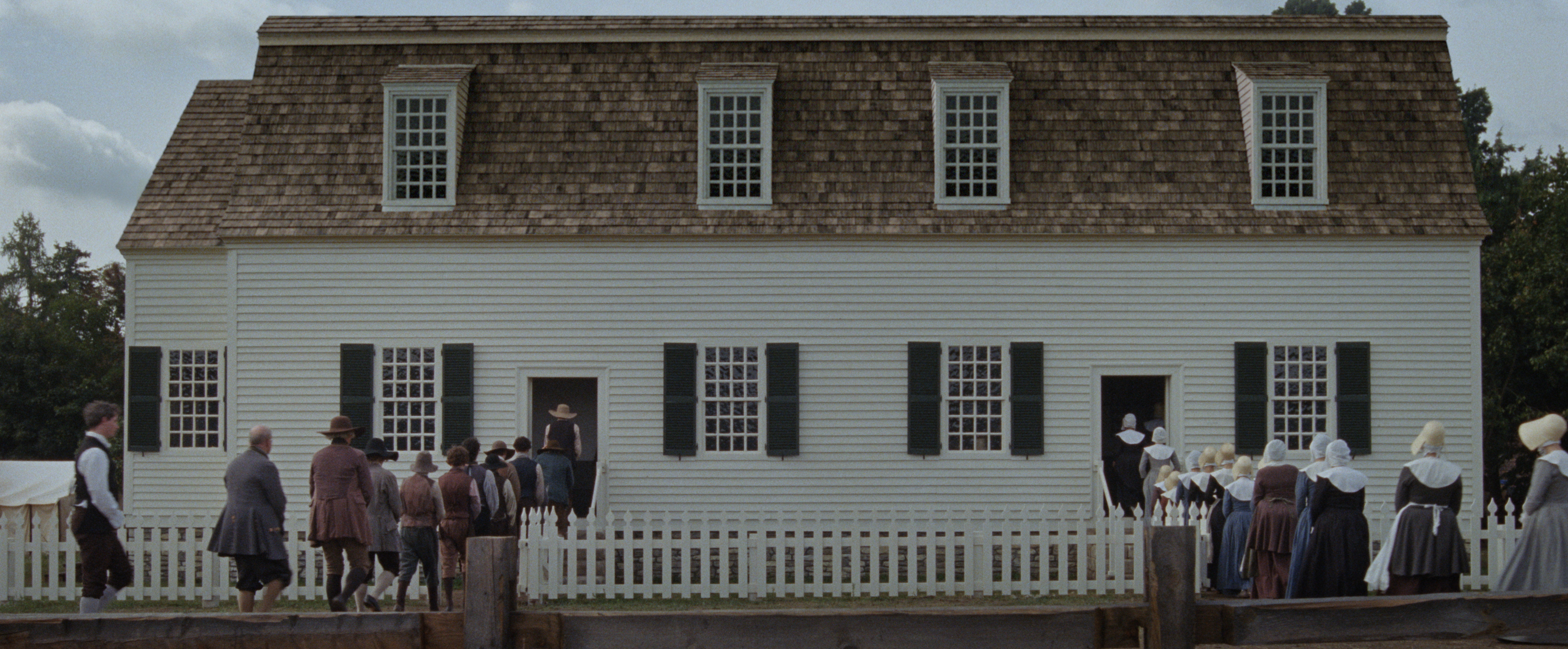 The Testament of Ann Lee brings the Shaker aesthetic to the big screen
The Testament of Ann Lee brings the Shaker aesthetic to the big screenDirected by Mona Fastvold and featuring Amanda Seyfried, The Testament of Ann Lee is a visual deep dive into Shaker culture
-
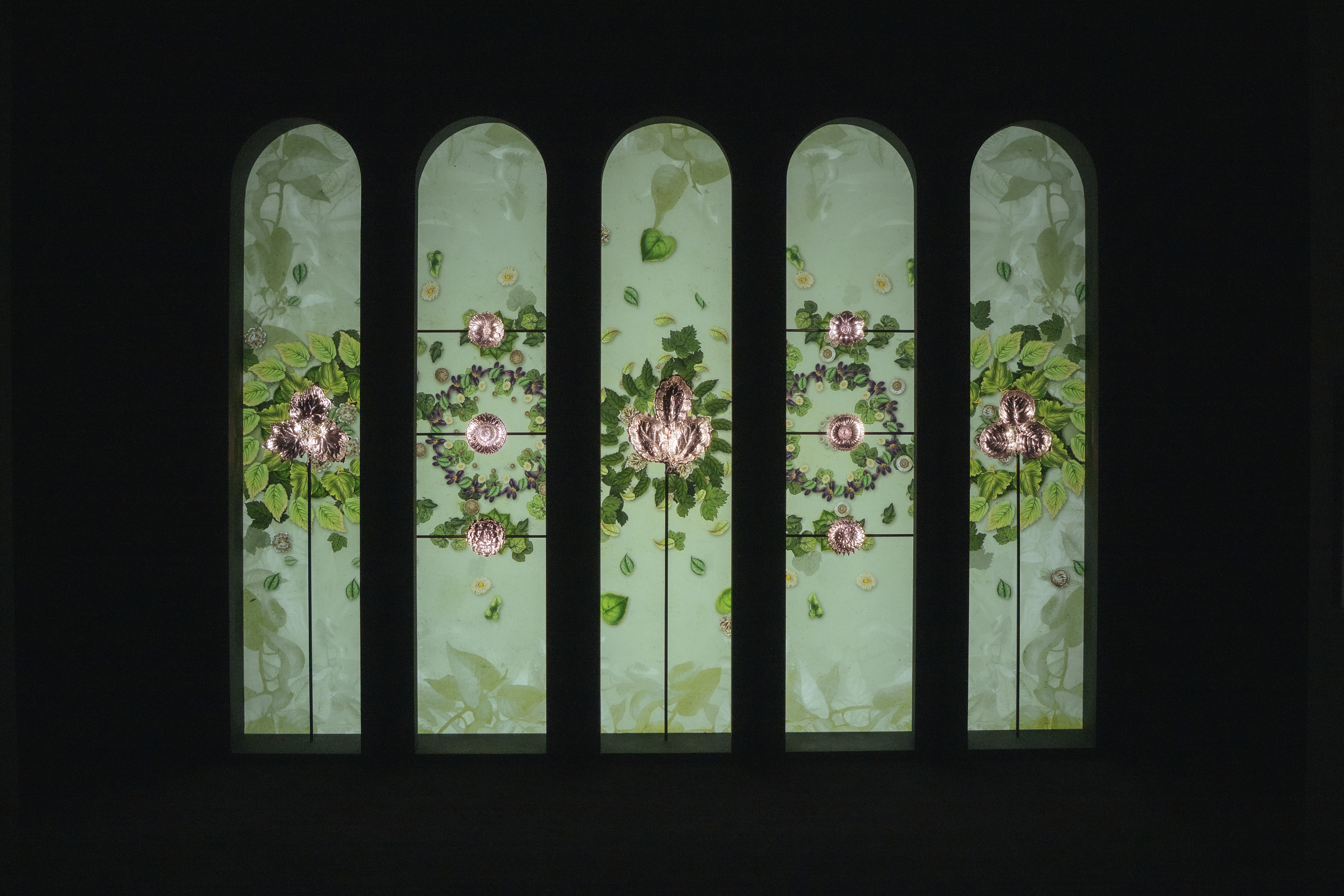 Dive into Buccellati's rich artistic heritage in Shanghai
Dive into Buccellati's rich artistic heritage in Shanghai'The Prince of Goldsmiths: Buccellati Rediscovering the Classics' exhibition takes visitors on an immersive journey through a fascinating history
-
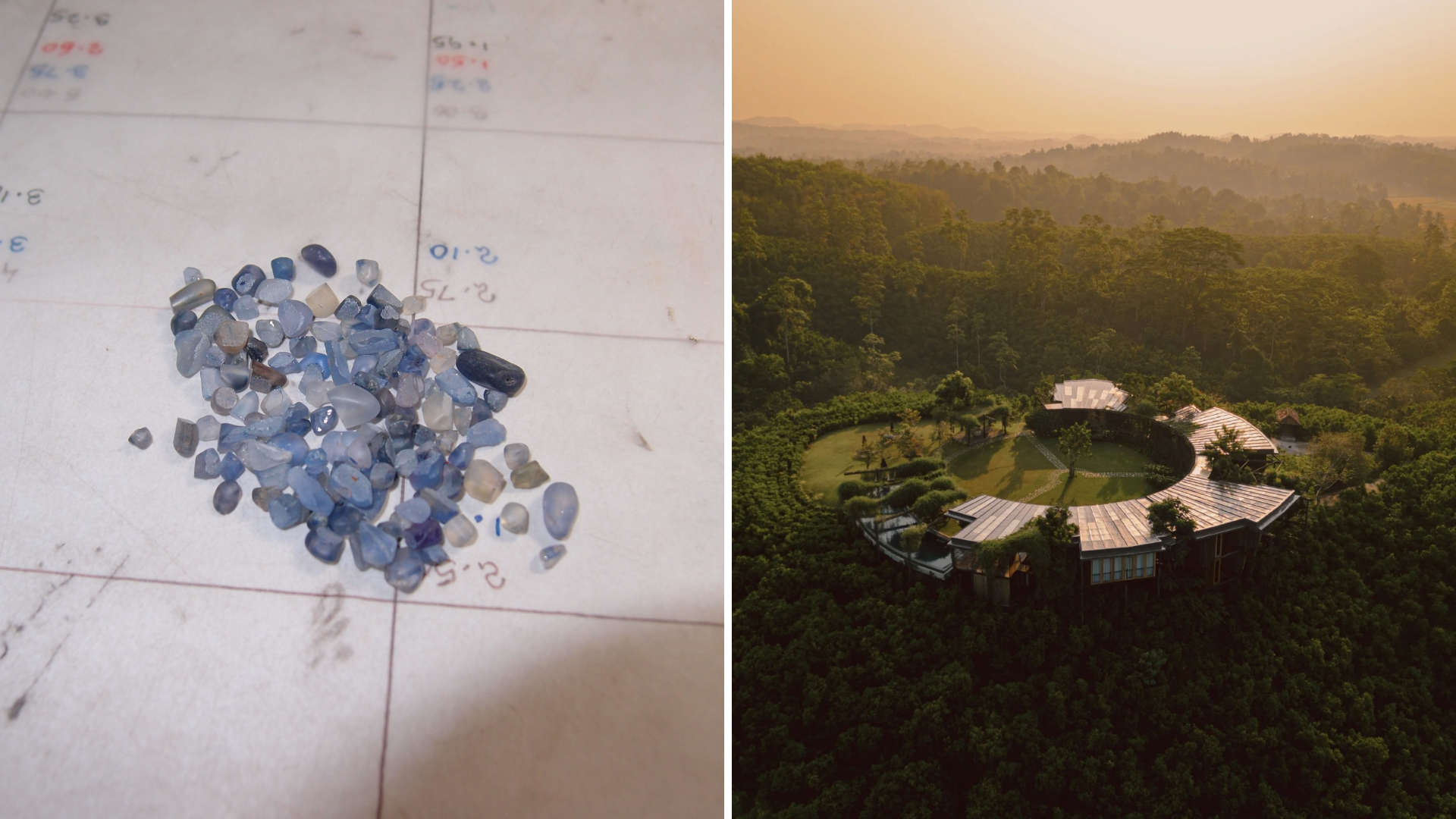 Love jewellery? Now you can book a holiday to source rare gemstones
Love jewellery? Now you can book a holiday to source rare gemstonesHardy & Diamond, Gemstone Journeys debuts in Sri Lanka in April 2026, granting travellers access to the island’s artisanal gemstone mines, as well as the opportunity to source their perfect stone
-
 The Architecture Edit: Wallpaper’s houses of the month
The Architecture Edit: Wallpaper’s houses of the monthFrom wineries-turned-music studios to fire-resistant holiday homes, these are the properties that have most impressed the Wallpaper* editors this month
-
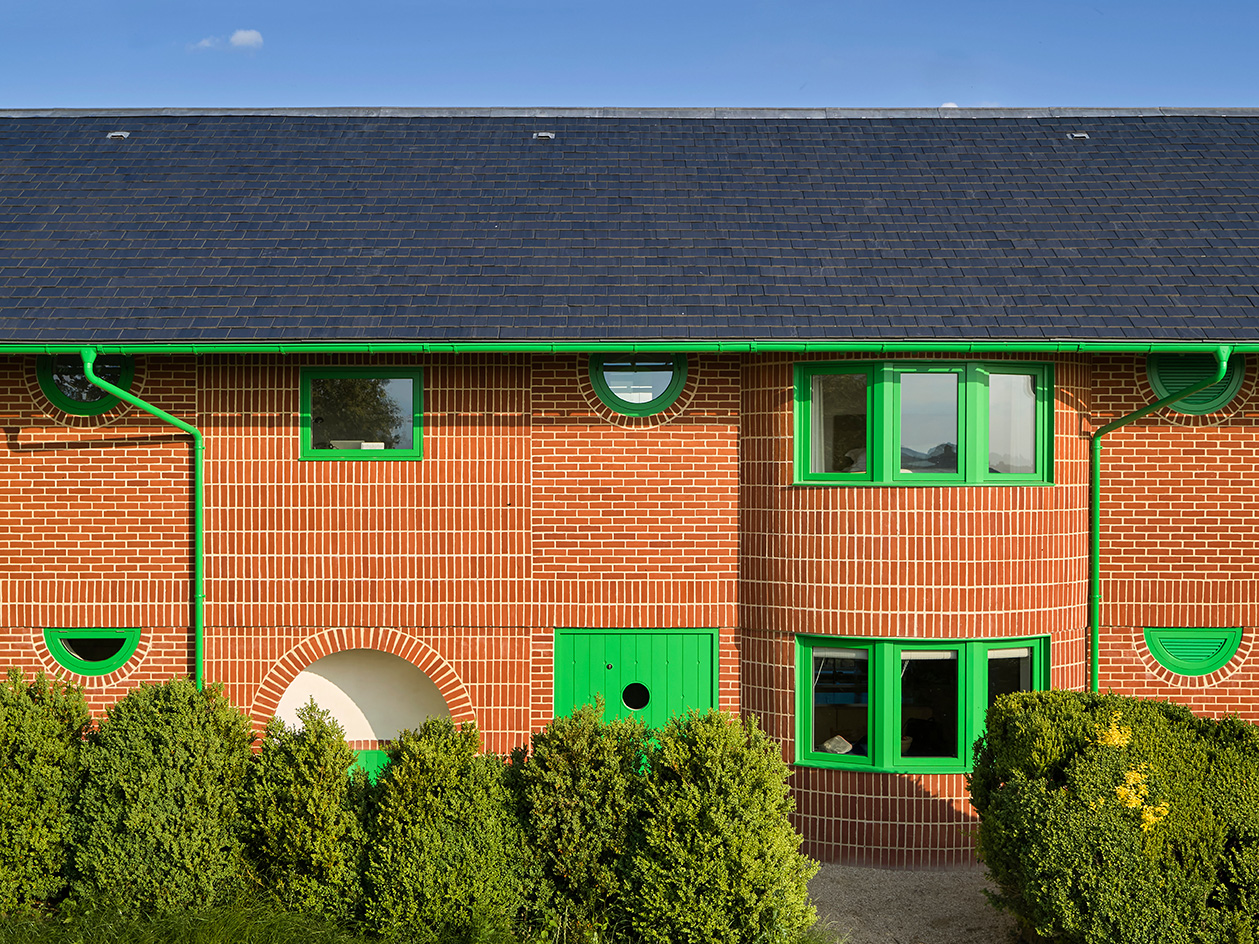 David Kohn’s first book, ‘Stages’, is unpredictable, experimental and informative
David Kohn’s first book, ‘Stages’, is unpredictable, experimental and informativeThe first book on David Kohn Architects focuses on the work of the award-winning London-based practice; ‘Stages’ is an innovative monograph in 12 parts
-
 Modernist Palazzo Mondadori’s workspace gets a playful Carlo Ratti refresh
Modernist Palazzo Mondadori’s workspace gets a playful Carlo Ratti refreshArchitect Carlo Ratti reimagines the offices in Palazzo Mondadori, the seminal work by Brazilian master Oscar Niemeyer in Milan
-
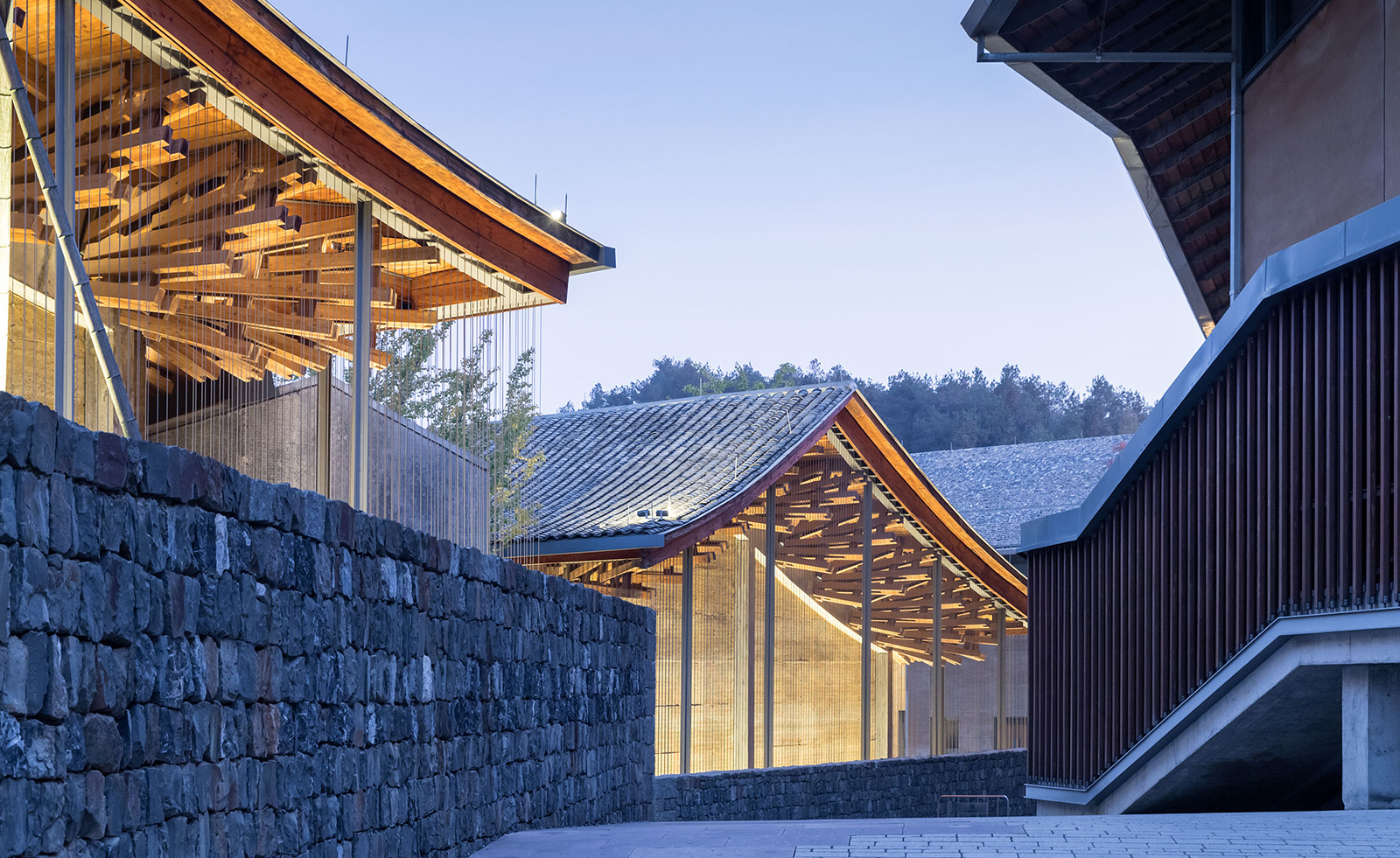 Wang Shu and Lu Wenyu to curate the 2027 Venice Architecture Biennale
Wang Shu and Lu Wenyu to curate the 2027 Venice Architecture BiennaleChinese architects Wang Shu and Lu Wenyu have been revealed as the curators of the 2027 Venice Architecture Biennale
-
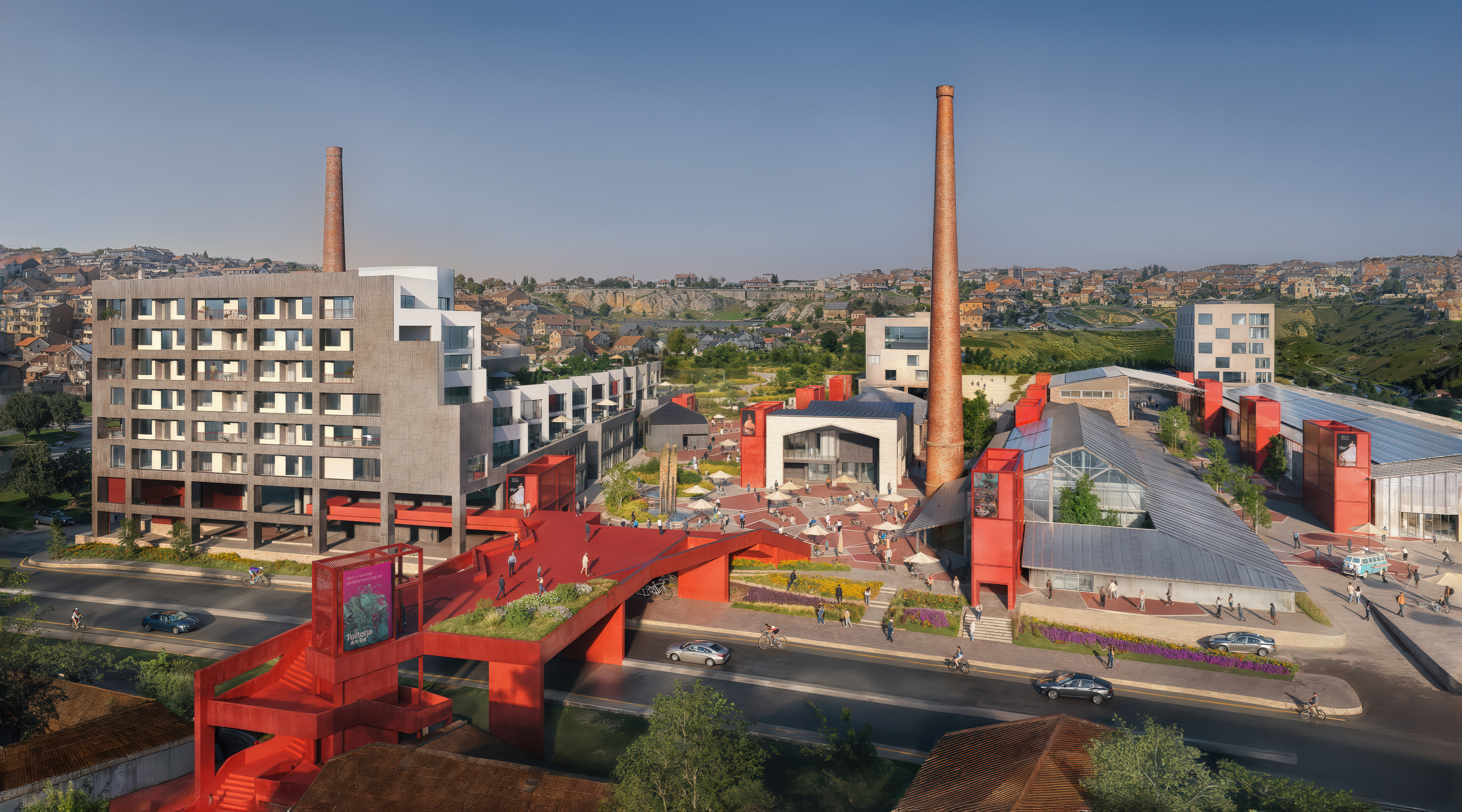 At the Holcim Foundation Forum and its Grand Prizes, sustainability is both urgent and hopeful
At the Holcim Foundation Forum and its Grand Prizes, sustainability is both urgent and hopefulThe Holcim Foundation Forum just took place in Venice, culminating in the announcement of the organisation's Grand Prizes, the projects especially honoured among 20 previously announced winning designs
-
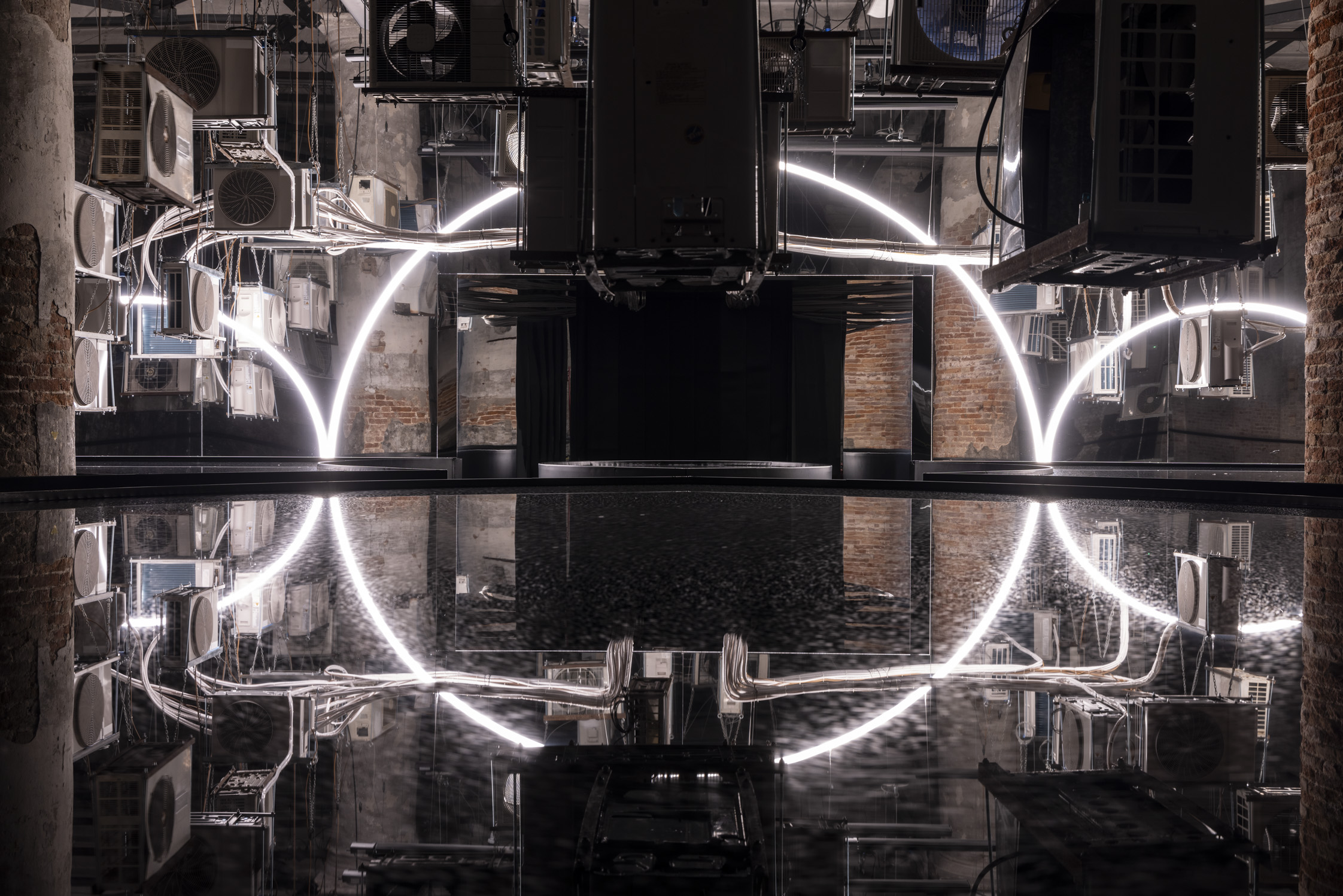 Carlo Ratti reflects on his bold Venice Architecture Biennale as it closes this weekend
Carlo Ratti reflects on his bold Venice Architecture Biennale as it closes this weekendThe Venice Architecture Biennale opens with excitement and fanfare every two years; as the 2025 edition draws to a close, we take stock with its curator Carlo Ratti and ask him, what next?
-
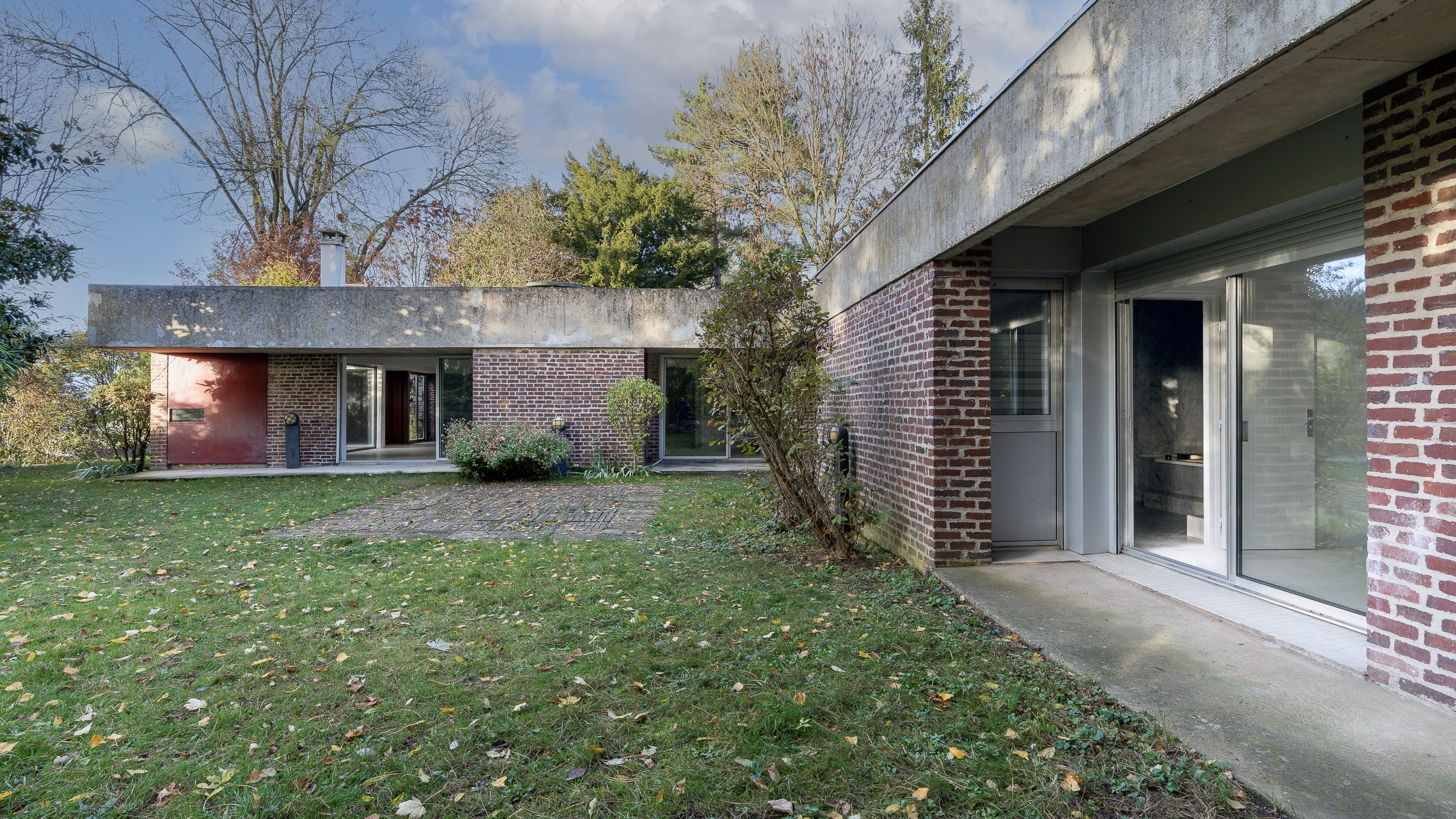 This modernist home, designed by a disciple of Le Corbusier, is on the market
This modernist home, designed by a disciple of Le Corbusier, is on the marketAndré Wogenscky was a long-time collaborator and chief assistant of Le Corbusier; he built this home, a case study for post-war modernism, in 1957
-
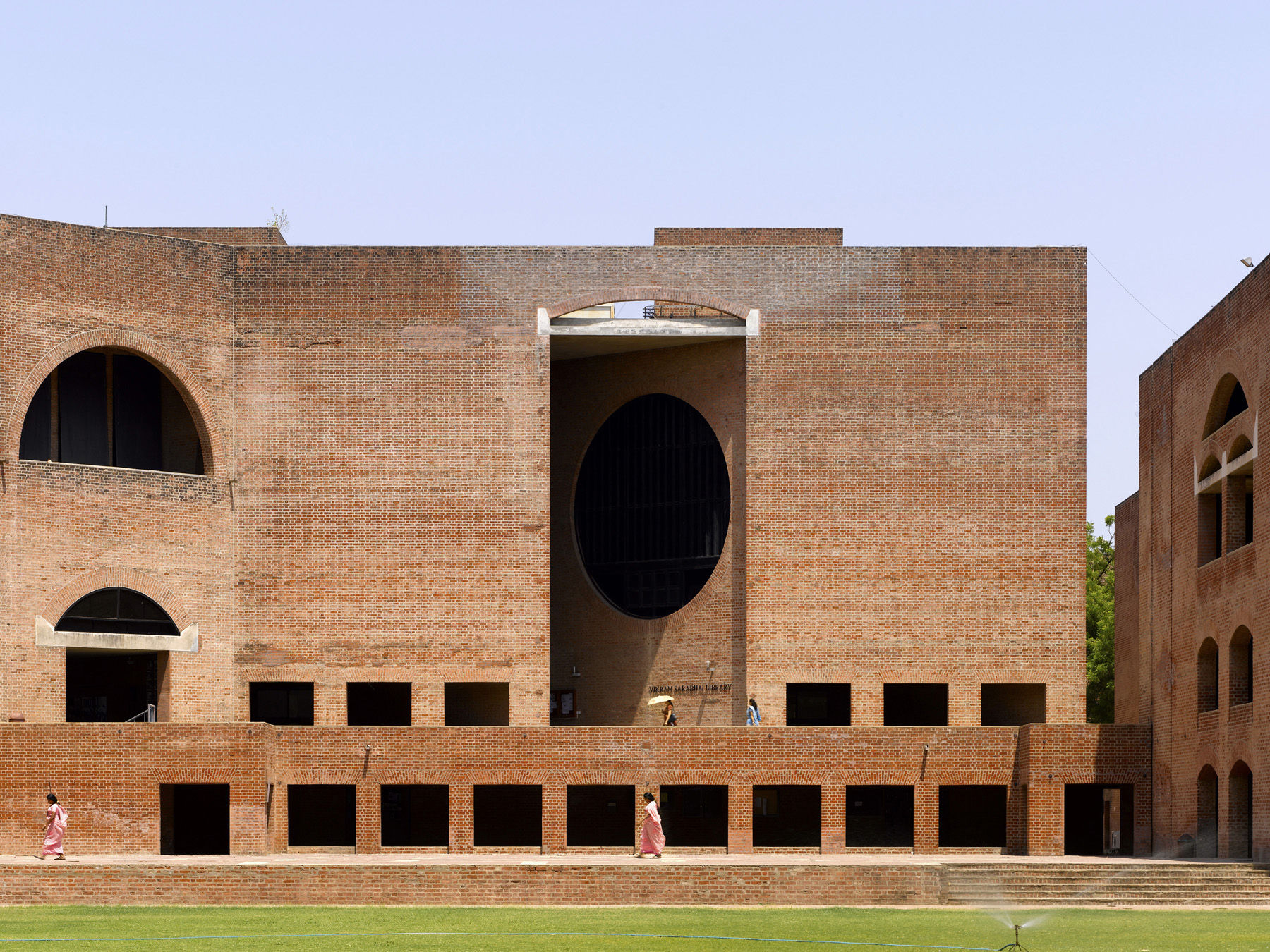 Louis Kahn, the modernist architect and the man behind the myth
Louis Kahn, the modernist architect and the man behind the mythWe chart the life and work of Louis Kahn, one of the 20th century’s most prominent modernists and a revered professional; yet his personal life meant he was also an architectural enigma